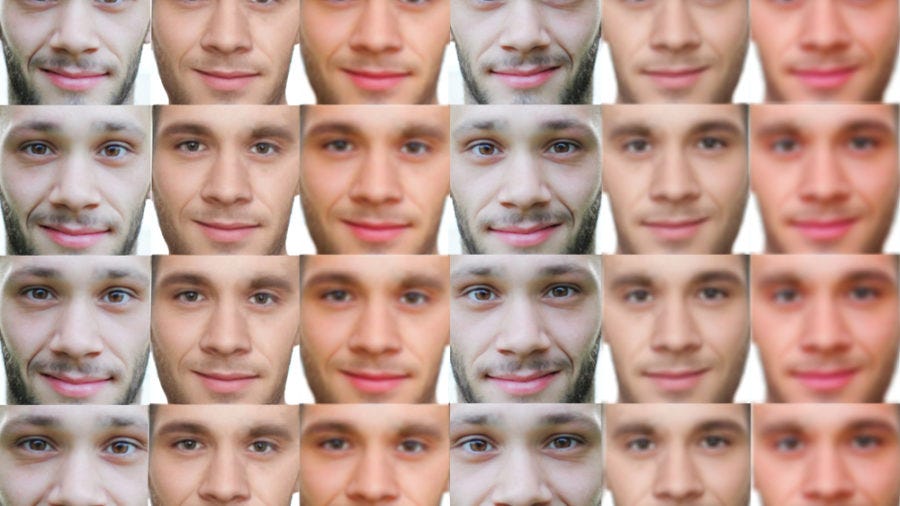
This is How I Deep Faked Myself At Every Office Meeting
Last Updated on March 24, 2022 by Editorial Team
Author(s): Gaurav Sharma
Originally published on Towards AI the World’s Leading AI and Technology News and Media Company. If you are building an AI-related product or service, we invite you to consider becoming an AI sponsor. At Towards AI, we help scale AI and technology startups. Let us help you unleash your technology to the masses.

We’ve all experienced those interminable, necessary post-pandemic Zoom calls where time appears to stand still, and everything wonderful about a writer’s everyday life crumbles to dust. Fortunately, some of us have had better times. Despite the fact that I usually have a good time at meetings, I decided to add some AI to the mix.
I thought about how I might make a meeting more enjoyable. How can something so drab and uninteresting be transformed into a rainbow of laughter and delight? I got inspiration in an area that developers like me don’t frequent.
That is the amazing niche (more like an entire industry) of VFX and CGI-focused YouTube channels, specifically one of Corridor Crew’s VFX films, which included an open-source project called DeepFaceLive.
They’ve just produced another amazing video on voice deep fake with a very humorous back story that I won’t disclose for you as I complete this essay.
What is Deepfake?
Deepfake is a type of fake image or video created with artificial intelligence to superimpose the faces of the targeted person onto any other image or video with extreme precision, creating an image or video that appears very original and is impossible or very difficult to detect with normal human eyes.
Essentially, it is created with the use of deep learning and AI to detect the original facial recognition of the targeted individual and match it while putting on bogus photos or videos.
A deep learning system aids in the creation of compelling counterfeit by studying the images and videos of a targeted individual while building the Deepfake. These images and videos are seen from various perspectives, and then their behavior and speech patterns are replicated in a way that appears authentic.
GANs, or generative adversarial networks, are used to create these bogus pictures or movies. It aims to uncover defects in the counterfeit, which will lead to improvements in the forgery by resolving the weaknesses and making the contents more convincing among the public.
Deepfake uses neural network-based technology to create fake videos. Deep learning is utilized in the construction of deep fakes, which is a type of ultramodern application of neural net simulation to enormous data sets that aids in training the model to accurately detect the face of a targeted individual.
It makes use of human tendencies using generative adversarial networks (GANs), in which two machine learning models are trained with data sets to produce false movies while also identifying them. The forger ML model continues to create phony movies until the second model fails to identify the forgery, with the goal of making the forgery look genuine when viewed properly.
How to Create a Live Deep Fake
AI evolves quicker than the rate at which metaverse frauds sell out, which may be frightening at times. We’ve progressed from AI being able to identify the difference between photographs of puppies and cats to it being able to read our souls and govern communities.
Let’s put AI’s conquest of the world aside for a moment and consider how to utilize it in a lighthearted, amusing way that could make your coworkers grin or gasp when they discover you aren’t a knockoff of a movie star or fictitious political person.
I’m saying all of those fictitious-sounding words because using deep fakes of real people without consent can be deemed illegal, even in the most absurd situations. However, this is easily solved because the repository provides a set of non-existent people who may have some similarities with real people that are unquestionably coincidental.
If you’re sold and want to test it out for yourself, head over to the official repository and give it a star since it’s great to have something so powerful for free. You can get the.exe file from the external sites if you don’t want to read the code or compile it yourself.
Prepare to be deep faked by extracting the zip file and running the.bat file.
Make careful to use GPU whenever possible because it is often far better at executing AI-intensive tasks than CPU.
You may tailor the program to run on movies and live streams but bear in mind that if your PC isn’t powerful enough, utilizing the live option may create lag and delays.
My initial effort was disappointing since I was testing it on my laptop, which couldn’t keep up with the live feed, which was running at fewer than five frames per second, making it useless during phone conversations.
Due to the resource load, the video output also turned black, and everything rapidly came apart, but I didn’t give up and managed to Kim Jarrey myself using a GTX 1070 while on a call with a handful of pals which resulted in an amazing response.
What kind of technologies do you require?
On a regular computer, creating a good deep fake is difficult. The majority are generated on high-end computers with strong graphics cards, or even better, using cloud computing capacity.
This cuts processing time in half, from days to weeks to hours. However, competence is required, not least when it comes to touching up completed recordings to eliminate flicker and other aesthetic flaws. However, a variety of tools are now accessible to assist users in creating deep fakes.
Several organizations will create these for you, with all processing taking place in the cloud. Zao, a mobile phone software, allows users to add their faces to a list of TV and movie personalities that the system has trained on.
How can you detect a Deepfake?
Ironically, AI might be the solution. Artificial intelligence is already assisting in the detection of fraudulent films, but many of the current detection systems have a critical flaw: they perform best for celebrities because they can train on hours of freely available data.
Detection technologies are currently being developed by IT companies in order to detect fakes wherever they occur. Another technique focuses on the media’s origin. Although digital watermarks aren’t infallible, a blockchain online ledger system might store a tamper-proof record of films, photographs, and audio, allowing their origins and any alterations to be examined at any time.
To identify Deepfake, you may use a variety of technologies that are not freely available, or you can hire an expert like Analytics. ai that will notice strange behaviors or actions in movies, gifs, or other forms of pictures that do not appear real.
Many factors are considered when detecting a deep fake, such as crop effects around the mouth, eyes, and neck, irregular blinking of eyes, unnatural movements, or inconsistent skin tones, changes in background, lighting, and hairstyle, or color and quality of the video, to name a few, that can only be thoroughly checked with the assistance of an expert.
Cogito is a deepfake detection service that uses a vast database and web sources to check for deepfake audio, video, and picture material. It also provides deep fake machine learning training data in order to construct an AI model that can detect deep fake material with the highest level of accuracy.
This is How I Deep Faked Myself At Every Office Meeting was originally published in Towards AI on Medium, where people are continuing the conversation by highlighting and responding to this story.
Join thousands of data leaders on the AI newsletter. It’s free, we don’t spam, and we never share your email address. Keep up to date with the latest work in AI. From research to projects and ideas. If you are building an AI startup, an AI-related product, or a service, we invite you to consider becoming a sponsor.
Published via Towards AI
Take our 90+ lesson From Beginner to Advanced LLM Developer Certification: From choosing a project to deploying a working product this is the most comprehensive and practical LLM course out there!
Towards AI has published Building LLMs for Production—our 470+ page guide to mastering LLMs with practical projects and expert insights!

Discover Your Dream AI Career at Towards AI Jobs
Towards AI has built a jobs board tailored specifically to Machine Learning and Data Science Jobs and Skills. Our software searches for live AI jobs each hour, labels and categorises them and makes them easily searchable. Explore over 40,000 live jobs today with Towards AI Jobs!
Note: Content contains the views of the contributing authors and not Towards AI.



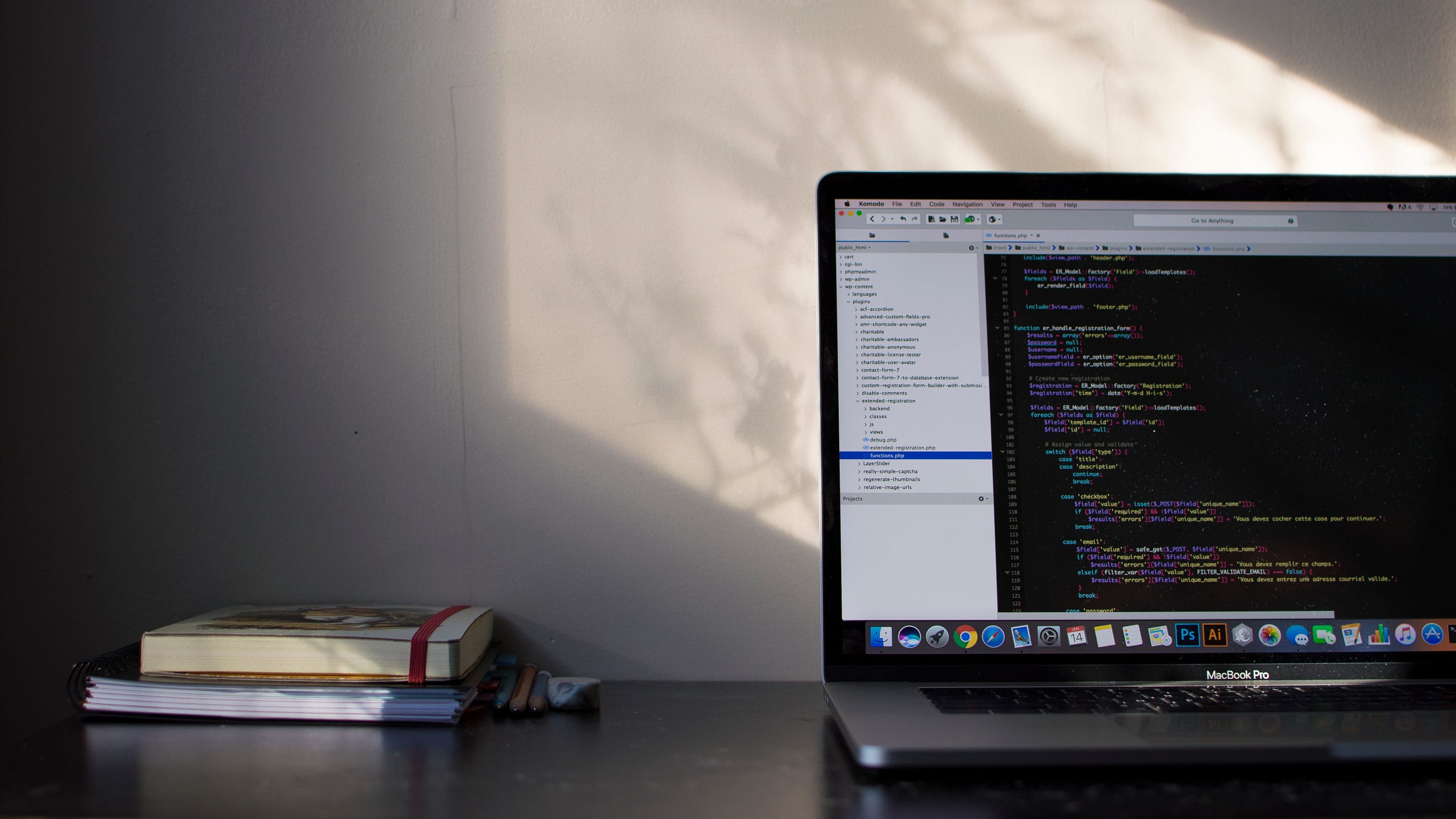
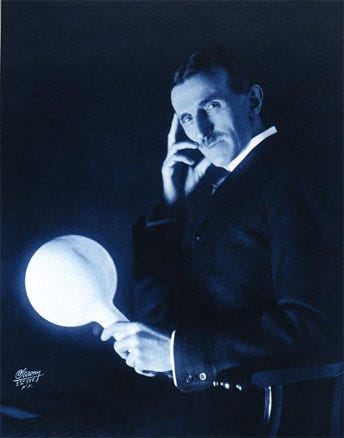
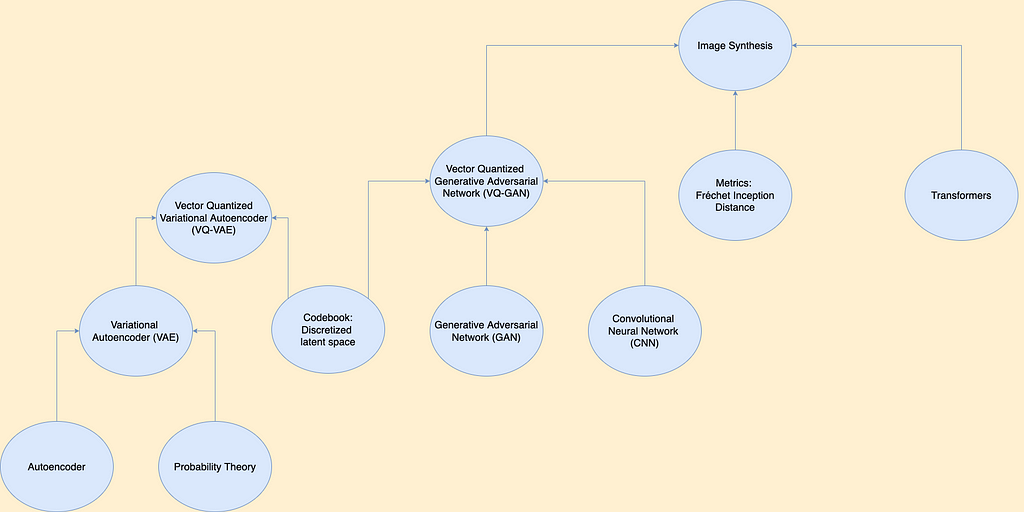
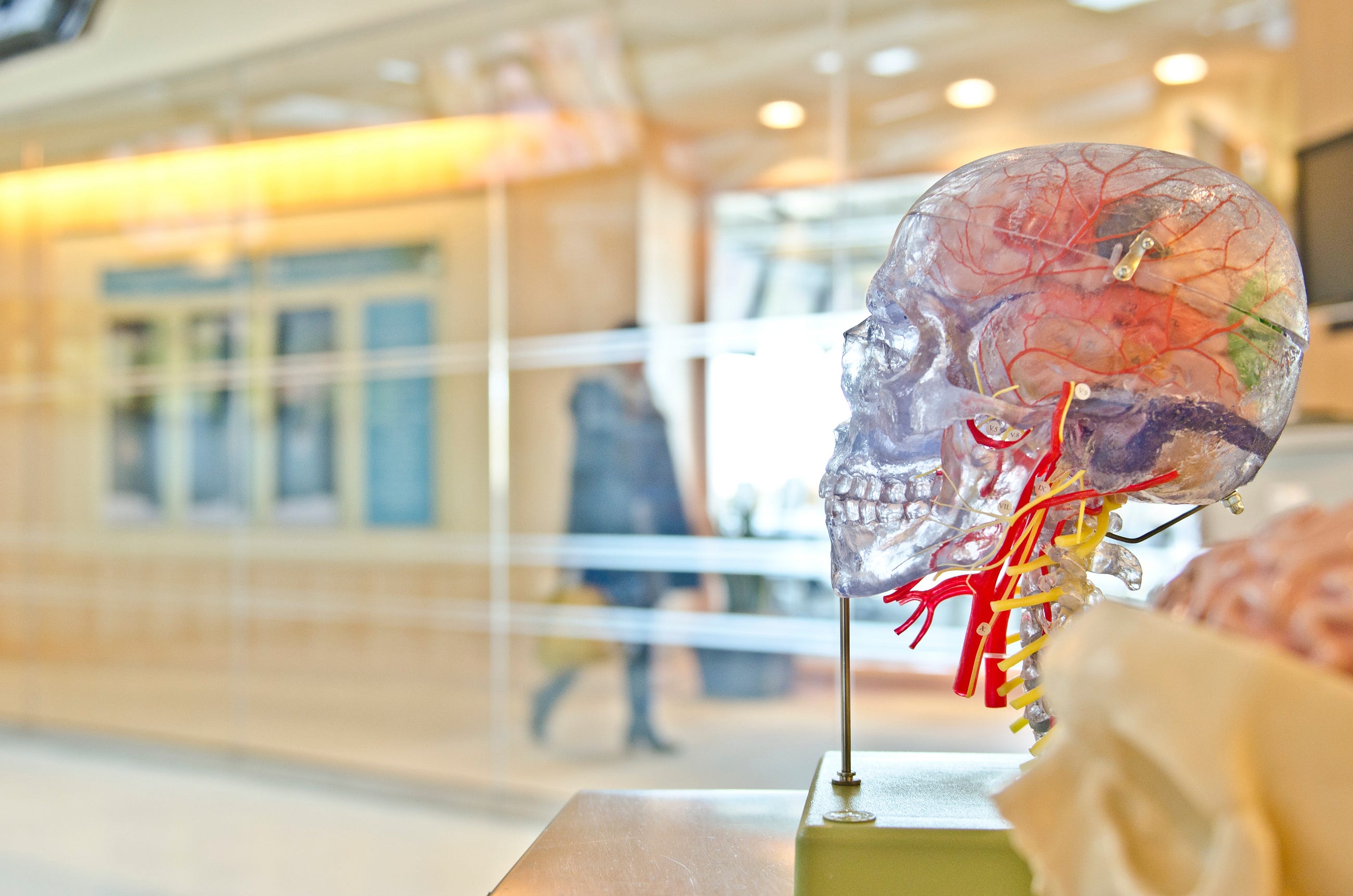










Comments are closed.